SOMETIME this year, top Vatican officials will meet with the world’s leading Islamic scholars to discuss ways to establish a permanent dialogue between the two faiths as means to world peace. We in Mindanao can say with some pride that we preceded this move by 12 years. In 1996, Mindanao’s Catholic and evangelical bishops and Muslim ustadz formed the Bishops-Ulama Forum (since renamed the Bishops-Ulama Council) to tackle issues of community peace-building and interfaith relations.
The strategy has been paying a windfall of dividends. According to Myla Legura, who is the peace and reconciliation officer of the Catholic Relief Services (CRS) based in Davao City, inter-religious dialogue (IRD) has now substantially seeped to the grassroots or countryside. Ordinary folks living in multifaith communities with little or no help from their religious betters or higher-ups, she told PeaceWorks, now routinely tackle neighborhood affairs or projects on the interfaith mode. She believes that to a significant part an active IRD in central Mindanao is the reason why the ceasefire between the Armed Forces and Moro Islamic Liberation Front (MILF) has held this long, despite the ups and downs in the protracted peace negotiations.
Zamboanga City is unabashedly a forerunner in interfaith relations-building, starting with the founding of the Silsilah Dialogue Movement in 1986 and of Peace Advocates Zamboanga (PAZ) in 1994. Both organizations have consistently made Muslim-Christian bonding the keystone of their respective peace-building programs.
Yet these initiatives did not stop fundamentalist violence, notably in the form of the Abu Sayyaf and Jemaah Islamiya, from rampaging in Mindanao, almost like a mocking counterplay. The fact that the Philippine government continues to rely more upon a tit-for-tat strategy in dealing with terrorists and extremists has merely thrown more fuel to the fire. The extremism has also subverted or undermined the ideological integrity of the Bangsamoro rebellion, whose fundamental struggle for an Islamic state has been co-opted by a similar but incredulous call by the terrorists. The moderate Muslim majority perceive them as strange bedfellows, wrongly or not. It shows that within the walls of a religious community whether Muslim or Christian, some intra-faith dialogue is very much in order as well.
How far or how much can IRD be seen or be made to contribute to the building of just and lasting peace in Mindanao? Not a few people actually see religion as a cause rather than solution to armed conflicts and war. Many past wars as well as today’s al-Qaeda provide enough justification for that view. Up ahead, increasingly harsh competition for growing scarcities of natural resources could use religious differences, which are always volatile, as scapegoat or trigger for armed aggression.
Precisely because nothing excites people’s hearts and minds more than religious sentiments, IRD offers the greatest promise for peace and harmony within the increasing number of multifaith and culturally diverse communities throughout the world. CRS’s IRD consultations to study this phenomenon in Mindanao may be highly crucial, to discover its welcome strengths as well as its vital weaknesses. Because whenever religion has been adopted as a messianic end-all and be-all, the unintended offshoot has been even greater suffering and violence.

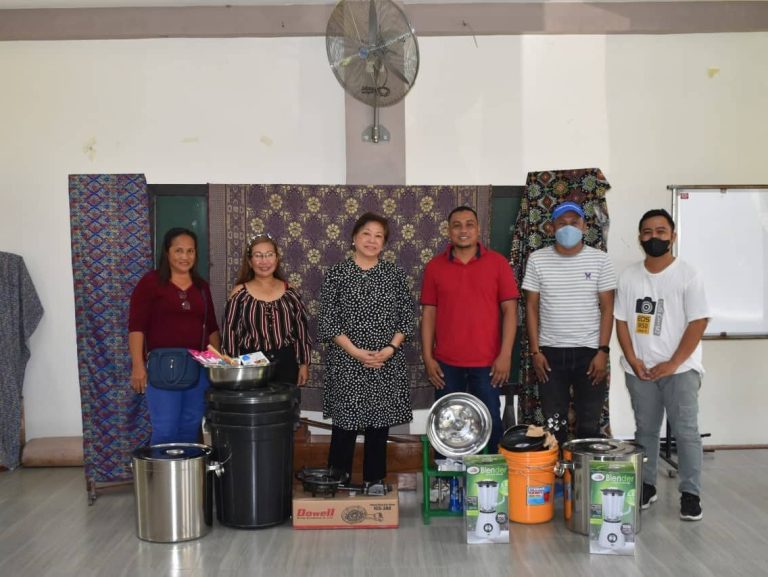
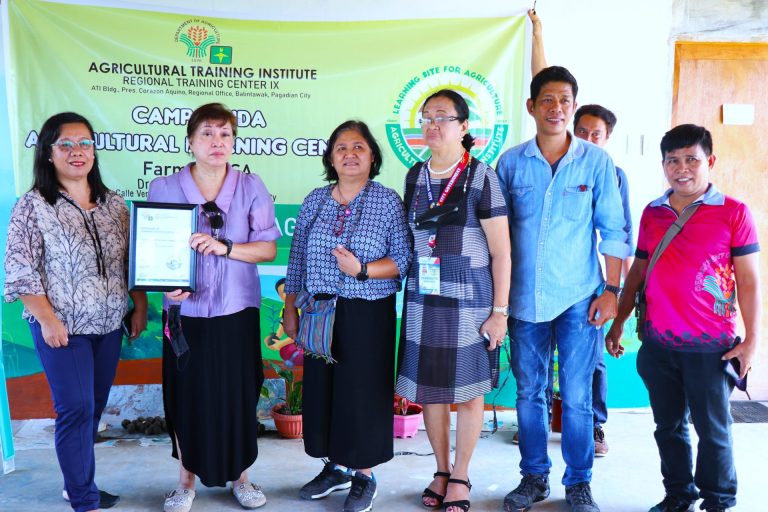

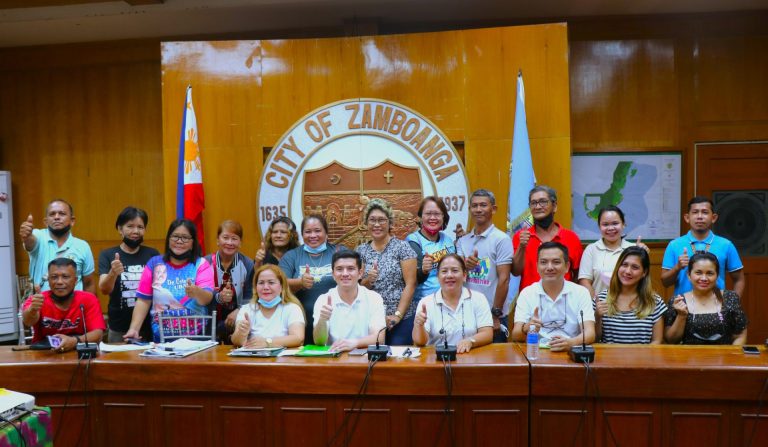
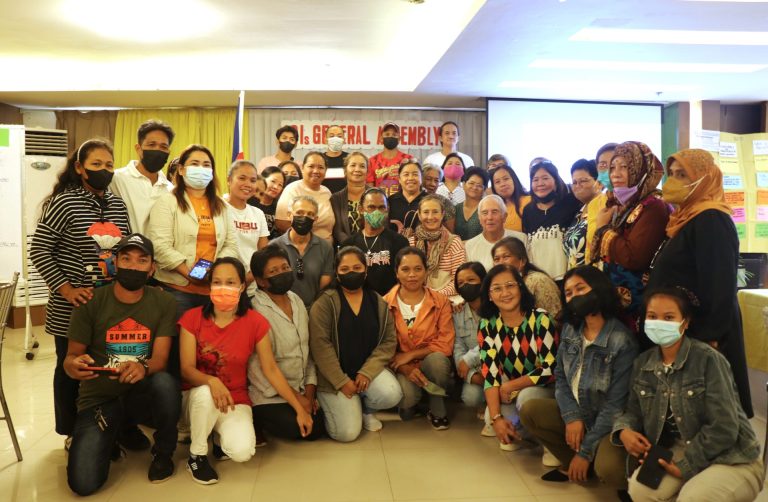
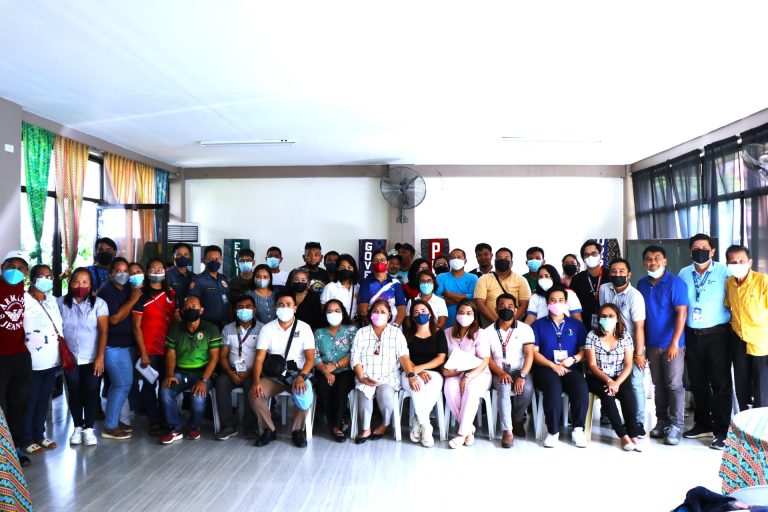
Recent Comments